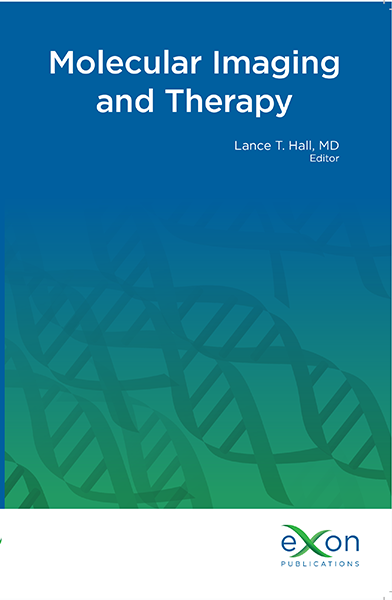Molecular Imaging of Breast Cancer
Main Article Content
ABSTRACT
Breast cancer is one of the most common types of malignancy, with an increasing incidence worldwide. Breast cancers are subtyped based on their histopathological features and hormonal receptor expression status. Conventional radiological modalities such as mammography, ultrasonography, computed tomography, and magnetic resonance imaging play a major role in the diagnosis and initial staging of breast cancer. Positron emission tomography with F-18-fluorodeoxyglucose (FDG) has an established role in the staging of locally advanced breast cancers, along with its use in response assessment after systemic therapy. Non-FDG radiopharmaceuticals also have a potential role in breast cancer imaging. These include agents that target hormonal and tyrosine kinase receptors, tumor microenvironment, and fibroblast activation protein inhibitors. Gamma camera-based modalities such as breast-specific gamma imaging, sentinel lymph node imaging, and skeletal scintigraphy also play a significant role in the management of subsets of patients with breast malignancy.
Downloads
Metrics
Article Details

This work is licensed under a Creative Commons Attribution-NonCommercial 4.0 International License.

